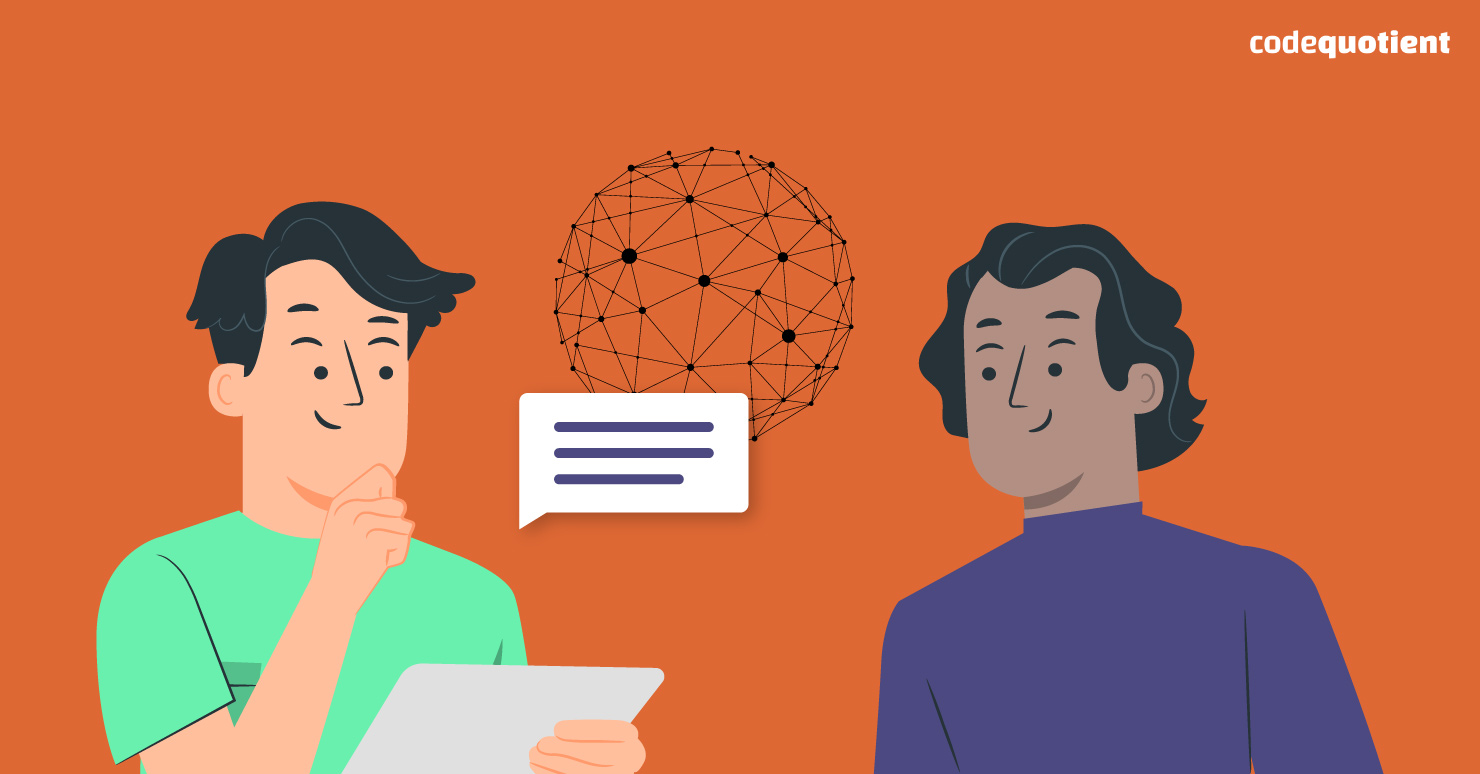Once again, we have compiled a list of must-do coding questions for product-based companies. A must-read for anyone looking to crack the interview of technology-based firms.
Getting into top product-based companies can be very tough, even for talented learners. For instance, when applying for companies like Google and Microsoft, acing an interview is the key.
Many people have failed to secure a position in top product-based companies because of poor interview performance. Today, we will cover some of the must-do coding questions for interviews across topics.
Over the past few years, trends have shown that the most important topics for interviews in product-based companies focus on Data Structures and Algorithms.
Since Data Structures and Algorithms tell a lot about a candidate’s competence, thoroughness in these fields is crucial. So, let’s find out more about the topics to focus on and the questions to note.

Some of the most common topics for interviews at product-based companies include arrays, strings, recursion, and backtracking, linked lists, stacks, and queues— as well as binary trees.
Priority queues are also important to know when applying them to work with databases or other sorts of large collections.
While providing a comprehensive list of questions is beyond our scope, we will try to address the issues that are most important to most readers.
Here is the list of Must Do Coding Questions for Product Based Companies
Please note that this is not an exhaustive list, and it’s not a good idea to rote learn only a specific set of questions for interviews:
Arrays
Arrays are linear data structures with a predetermined size, which store elements in contiguous memory blocks. A multidimensional array can contain more than one element.
Matrices are one of the best applications for multidimensional arrays, which need to be studied separately.
The following topics under arrays are important for product-based company interviews:
- Pair Sum
- Overlapping Intervals
- Sort 0 1 2
- Search In Rotated Sorted Array
- Smallest Subarray With K Distinct Elements
- Other Questions Practice Link
- Search In Row Wise And Column Wise Sorted Matrix
- In place, Rotate Matrix By 90 degree
- Matrix Median
Strings
Strings are arrays that contain characters as their elements. They differ from character arrays in that they end with the symbol ‘\0′.
The following topics related to strings are essential for interviews in product-based companies:
- Longest substring without repeating characters
- Anagram Difference
- Shortest substring with all characters
- Minimum operations to make strings equal
- Left And Right Rotation Of A String
- Shortest substring with all characters
- Next smaller Palindrome
- Longest Substring Without Repeating Characters
- Anagram Difference
- Match Specific Pattern
- Minimum operations to make strings equal
- Find K’th Character of Decrypted String
- Anagram Substring Search
Linked Lists
Data structures such as Linked Lists are dynamic linear data structures with nodes. Each node contains two fields of information: data and a pointer to the next node.
In a single linked list, the first node points to the second node, and so on. In a doubly-linked list, the second node points to the third node, and so on.
Questions from the following topics are essential for interviews:
- Merge Two Sorted Linked List
- Detect And Remove Loop
- Reverse List In K Groups
- Intersection Of Two Linked Lists
- Sum Between Zeros
- Reverse List in K groups
- Sum Between Zeroes
- Rearrange Linked List
- Clone Linked List with Random Pointer
- Merge Two Sorted Linked Lists
- Detect and Remove Cycle
Recursion & Backtracking
In programming, recursion occurs when a function is called by itself directly or indirectly. Recursion is a technique in programming in which a function is called by itself directly or indirectly.
This allows complex problems to be broken down into smaller ones. Alternatively, backtracking is solving a problem by iterating through a series of smaller levels until one reaches the goal.
These topics from recursion and backtracking are essential from an interview perspective:
- Print Permutations Of String
- Return Subsets Sum to K
- Sudoku
- Replace ‘O’ with ‘X’
- Reach Destination
- Reach the destination
- Reverse Stack Using Recursion
- K subsets with an equal sum
- Minimum distance points
- Print Permutations – String
- IP Address
- Replace ‘O’ with ‘X’
- Return Subsets Sum to K
- Binary strings with no consecutive 1s
Binary Trees
Binary Trees consist of at least two children for every node. Every node consists of three fields—data, a pointer to a child on the left, and a pointer to a child on the right.
Here are some must-do coding questions for product-based companies for interviews in Binary Trees:
- Binary Tree From Parent Array
- Maximum Sum Path From Root To Leaf
- Print Node At Distance K From Given node
- Maximum Width In Binary Tree
- Time To Burn Tree
- Binary Tree from Parent Array
- Print Leaf Nodes
- Diagonal Anagram
- Maximum sum path from the leaf to root
- Print Nodes at a distance K from a given node
- LCA of three Nodes
- Count elements in all subtrees
- Maximum Width In Binary Tree
- Count Special Nodes in Generic Tree
Wrapping Up!
This article has covered some of the must do coding questions for product based companies, focusing on crucial topics like arrays, strings, linked lists, recursion, backtracking, and binary trees. Mastering these concepts is essential for acing coding interviews at top technology firms.
At CodeQuotient, we are a team of tech professionals offering a Software Engineering Bootcamp designed to make students industry-ready through hands-on training in advanced concepts and real-world applications.
Our program prepares candidates to launch their careers with top tech companies by providing in-depth guidance on these must-do coding questions for product-based companies and more.
Contact us to learn how our bootcamp can kickstart your journey in the tech industry.




